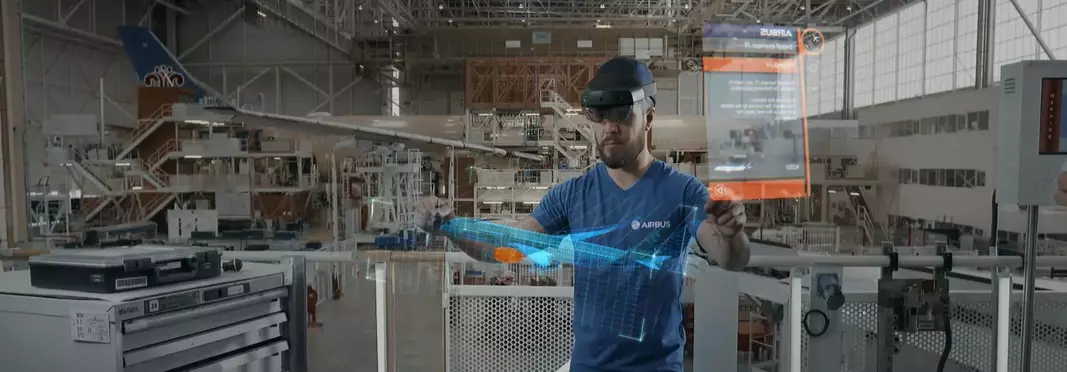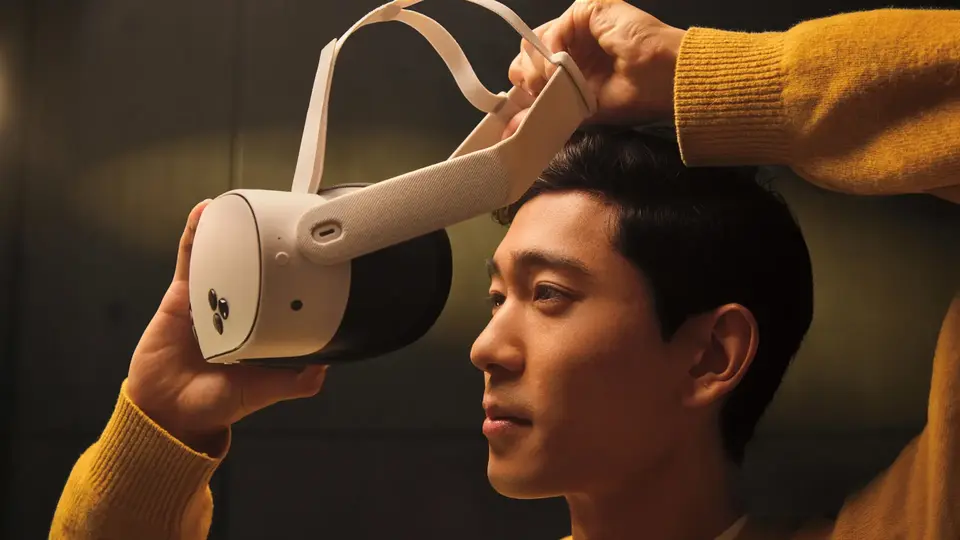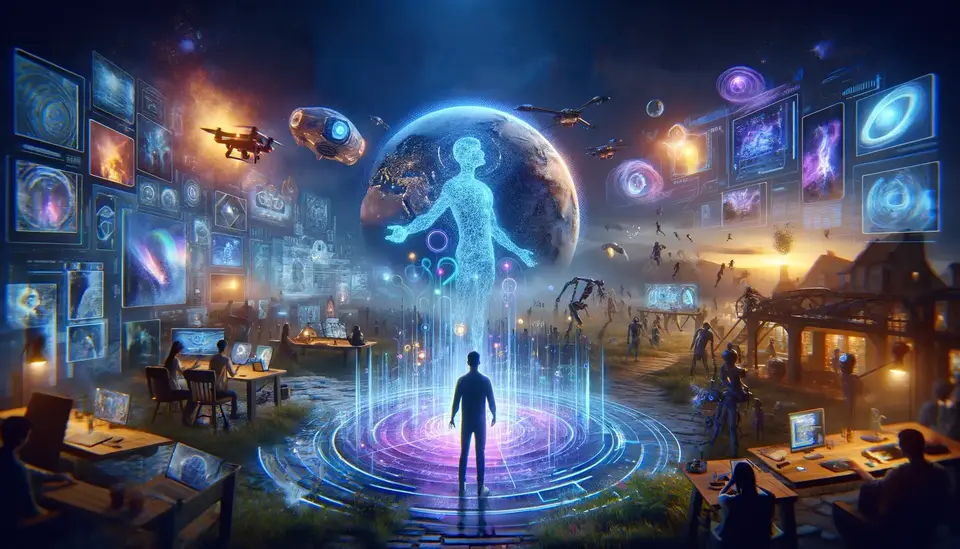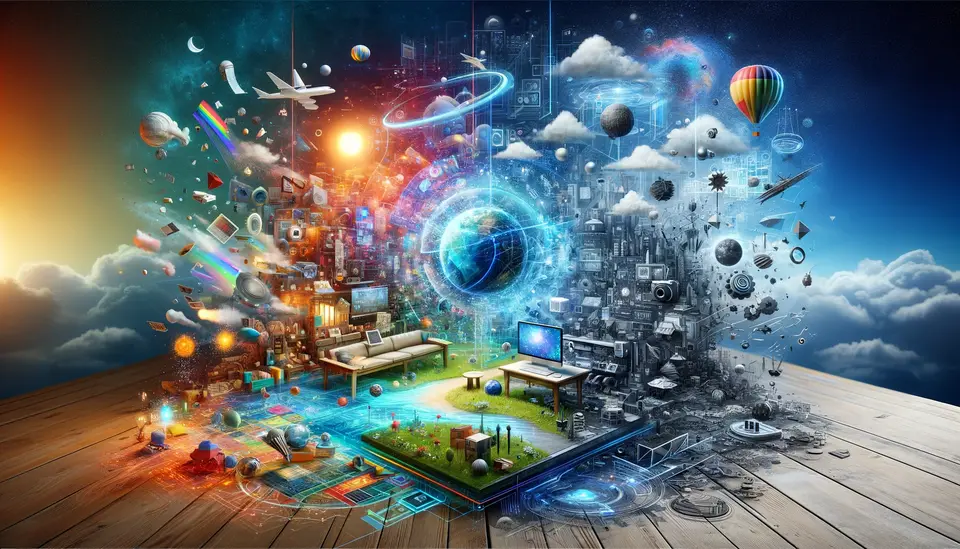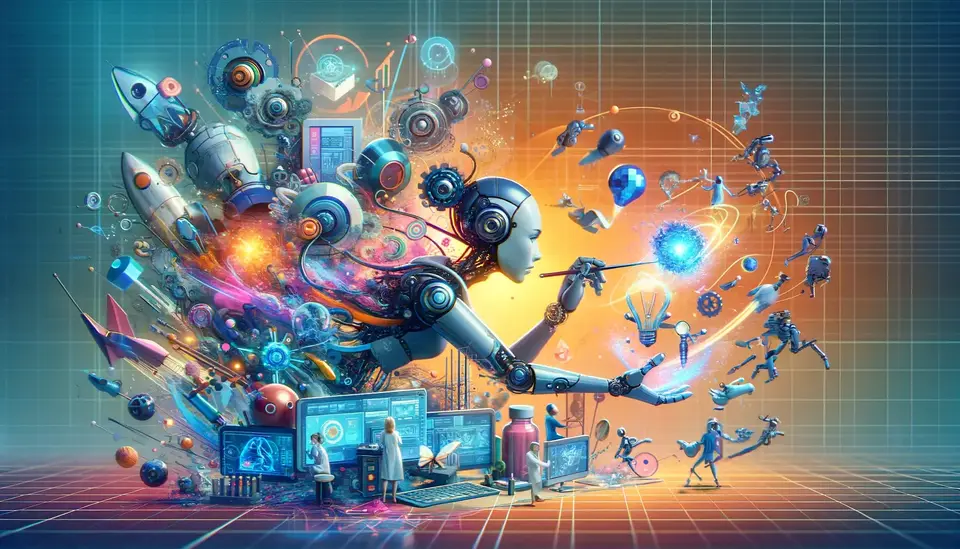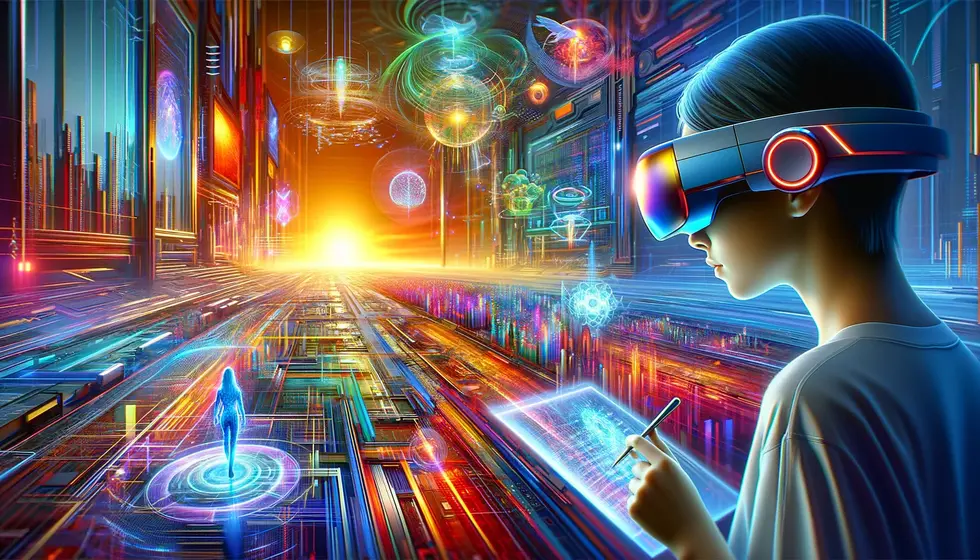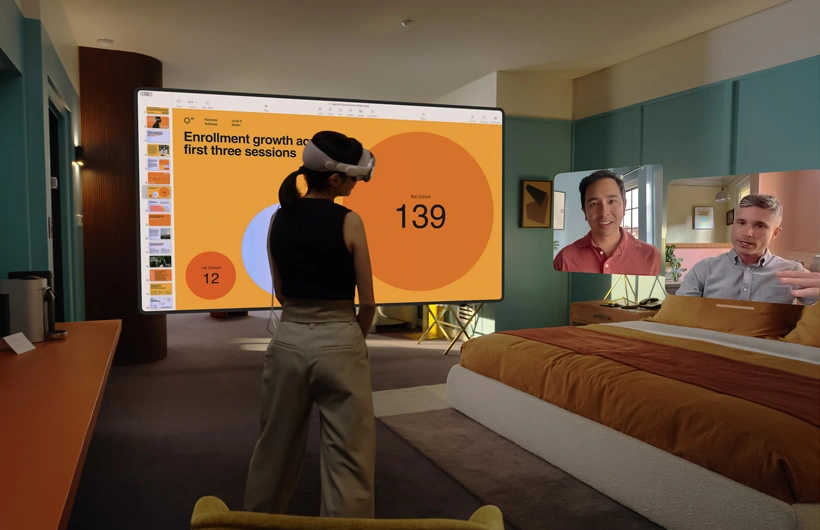15 Examples of the Use of Mixed Reality in Manufacturing
Posted on April 29, 2023 4 minutes 804 words
Table of contents
- 1. Virtual Prototyping
- 2. Real-time Data Visualization
- 3. Remote Collaboration
- 4. Training and Simulation
- 5. Assembly Line Optimization
- 6. Quality Assurance and Inspection
- 7. Warehousing and Inventory Management
- 8. Ergonomic Analysis
- 9. Maintenance and Repair
- 10. Digital Twin Integration
- 11. Marketing and Sales
- 12. Supply Chain Management
- 13. Health and Safety Compliance
- 14. Customization and Personalization
- 15. Sustainability and Resource Management
- Conclusion
Mixed reality (MR) is an exciting technology that combines elements of augmented reality (AR) and virtual reality (VR) to create immersive, interactive environments. As the manufacturing industry continually evolves, mixed reality is proving to be a powerful tool for enhancing efficiency, reducing costs, and improving overall operations. In this blog post, we will explore 15 real-world examples of how mixed reality is being used to revolutionize the manufacturing landscape.
1. Virtual Prototyping
Mixed reality enables engineers to create and test virtual prototypes before committing to physical production. Ford, for example, has been using mixed reality technology to visualize and manipulate 3D models of vehicle designs, resulting in reduced development times and costs.
2. Real-time Data Visualization
Manufacturing plants can use mixed reality to overlay real-time data onto physical machinery, enabling quick and informed decision-making. For instance, GE has developed a system that displays real-time data on turbine operations, allowing engineers to monitor and optimize performance on-the-fly.
3. Remote Collaboration
Mixed reality allows teams to collaborate remotely, sharing and manipulating 3D models in real-time. Microsoft HoloLens, a mixed reality headset, has been employed by Thyssenkrupp to connect elevator technicians with experts for remote guidance and collaboration, reducing the need for on-site visits and expediting repairs.
4. Training and Simulation
Using mixed reality for training purposes allows employees to practice tasks in a safe, controlled environment. Lockheed Martin, for example, has adopted mixed reality for assembly training, significantly reducing the time needed for new employees to reach full productivity.
5. Assembly Line Optimization
Mixed reality can streamline assembly line workflows by providing workers with visual cues and guidance. Audi has implemented an MR-based system that overlays digital instructions onto physical workstations, improving productivity and reducing errors.
6. Quality Assurance and Inspection
Mixed reality enables operators to compare digital models with physical products in real-time, streamlining the inspection process. For example, Airbus uses mixed reality headsets to inspect aircraft fuselages, enabling quicker identification and resolution of potential issues.
7. Warehousing and Inventory Management
Mixed reality can improve warehouse and inventory management by providing real-time information on product location and stock levels. DHL, for instance, has piloted a mixed reality application for warehouse operations, demonstrating increased efficiency and reduced errors.
8. Ergonomic Analysis
Mixed reality can help identify and address potential ergonomic issues in manufacturing environments. General Motors has used Microsoft HoloLens to analyze workstation ergonomics, improving worker comfort and reducing the risk of injury.
9. Maintenance and Repair
Mixed reality can guide technicians through maintenance and repair tasks, providing step-by-step instructions and reducing downtime. The German company, RE’FLEKT, has developed an MR platform that helps technicians in the automotive and aerospace industries perform complex repairs with improved efficiency.
10. Digital Twin Integration
Mixed reality can enable real-time simulation and optimization of manufacturing processes by integrating digital twins. Siemens has developed a mixed reality solution that combines digital twin technology with MR, allowing operators to visualize and optimize factory processes.
11. Marketing and Sales
Mixed reality offers an engaging platform for marketing and sales, allowing potential customers to explore products in a virtual environment. Porsche, for example, uses mixed reality to showcase vehicle customization options, providing an immersive and interactive customer experience.
12. Supply Chain Management
Mixed reality can facilitate better decision-making in supply chain management by visualizing entire supply networks. Microsoft has developed a supply chain management application for the HoloLens, enabling users to monitor and optimize their supply chains in real-time.
13. Health and Safety Compliance
Mixed reality can be used to monitor and enforce health and safety compliance, minimizing workplace accidents and injuries. Companies like ABB have adopted mixed reality solutions to train workers on proper safety procedures and monitor their adherence to regulations, ensuring a safer work environment.
14. Customization and Personalization
Mixed reality can help manufacturers tailor products to meet individual customer needs. BMW, for instance, uses mixed reality to visualize and customize vehicle options for customers in their showrooms. This allows customers to experience their personalized vehicles in a virtual environment before committing to a purchase, resulting in higher customer satisfaction and reduced returns.
15. Sustainability and Resource Management
Mixed reality can assist manufacturers in tracking resource usage, enabling the implementation of more sustainable practices. For example, Schneider Electric has developed an MR-based application called EcoStruxure, which helps monitor and optimize energy consumption across manufacturing facilities, reducing environmental impact and lowering costs.
Conclusion
The integration of mixed reality into the manufacturing industry has resulted in significant improvements in efficiency, cost savings, and overall productivity. By adopting mixed reality technologies, manufacturers are better equipped to face the challenges of an increasingly competitive and technologically advanced industry landscape. As mixed reality continues to evolve, we can expect even greater advancements in manufacturing processes, leading to a smarter and more sustainable future.

